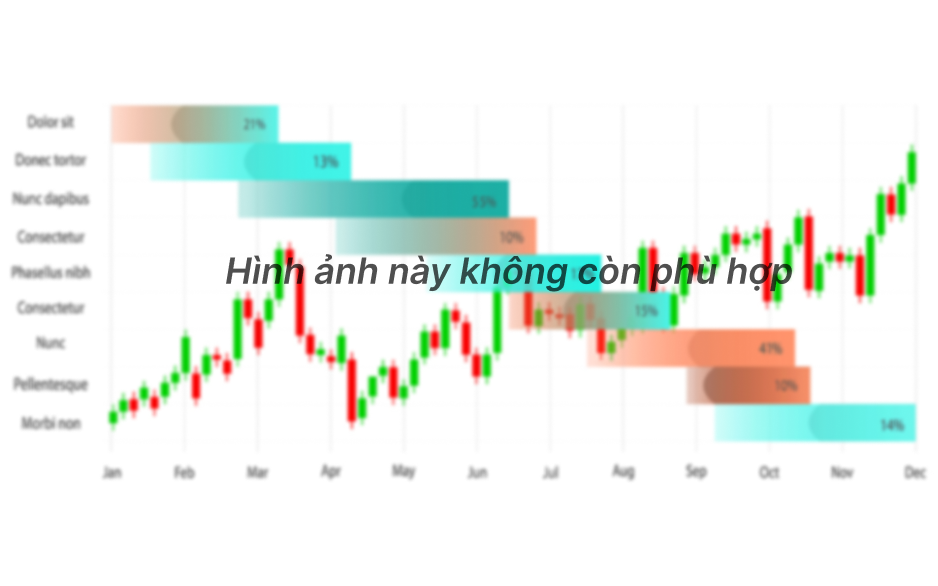The AUD/NZD cross pair continues to plunge. Among all the major crosses, this pair demonstrates the most striking and prolonged downward trend. Almost all fundamental factors are in favor of the New Zealand dollar, while the Australian dollar is under strong pressure, which only became weaker yesterday due to the disappointing data on Australia's labor market.
At the same time, both New Zealand and Australia are in a state of another war with the coronavirus. Both countries have quarantine restrictions that negatively affect the main economic parameters. But, the New Zealand dollar looks more attractive than its western neighbor. The weekly chart of the cross-pair can prove this – the NZD has been systematically but consistently strengthening its positions since July last year. The upward corrective pullbacks are temporary, allowing traders to enter into sales at a more favorable price. And given the recent events, it can be assumed that the pair's downward trend is not yet over, so the uncomplicated trading strategy above is still relevant.

The primary obstacle for AUD/NZD is the uncorrelation of the RBA and RBNZ positions. The New Zealand regulator decided at the July meeting to curtail the incentive program, which was supposed to be in effect until the summer of next year. At the same time, the RBNZ intended to raise the interest rate last month, becoming the first Central Bank among the central banks of the leading countries of the world who decided to tighten the parameters of monetary policy. However, COVID-19 prevented the implementation of this scenario: just before the meeting, 1 case of coronavirus was registered in the country (previously, the virus was detected only in those citizens who returned from abroad, that is, the disease was detected while being quarantined). As a result, the New Zealand Central Bank put the process on pause, but at the same time, it maintained a "hawkish" attitude. According to experts' expectations, the RBNZ may still raise the rate in December, if it is possible to extinguish the outbreak of coronavirus by that time. Meanwhile, Australia is less determined. On the one hand, the RBA reduced the weekly volume of buying government bonds to 4 billion Australian dollars in September (from the previous value of 5 billion). On the other hand, it pushed back the deadline for the planned revision of the bond repurchase program for next year, approximately to February. Earlier, the regulator announced earlier dates – the next round of QE cuts was supposed to happen in November.
Yesterday's Australian labor market data destroyed the weak hopes for any early decisions. The number of employees in August fell by a record 146 thousand. This indicator went into the negative zone for the first time since April of this year, declining at the strongest pace since May 2020. The share of the working-age population has also decreased quite noticeably – the indicator has plummeted to 65.2% from the previous value of 66%. In other words, the Australian economy is reaping the benefits of quarantine restrictions, while the epidemiological situation in the country continues to deteriorate. The daily increase in infected people consistently exceeds the 1,000 mark, and 1,500 mark over the past 10 days.
As for New Zealand, the incidence curve is on the contrary. It has been steadily decreasing for the third week in a row. If 80-90 cases were detected per day at the end of August, then over the past week, this negative indicator has fallen to 15-20. In view of such trends, the country's authorities have relaxed measures on the territory of New Zealand. There is a second-level lockdown in most of the country, that is, with milder restrictions. The strict restrictions were extended only in Auckland, but after September 21, the quarantine should be relaxed in this largest city of the island state.
Therefore, the fundamental picture for the pair is still developing in favor of the New Zealand dollar, despite one issue in the form of the notorious "delta strain". But as for the prospects of the Australian dollar, the situation here looks quite ambiguous, given the RBA's "dovish" attitude, the difficult epidemiological situation, and a significant decline in the labor market.

From a technical point of view, the AUD/NZD cross-pair on all higher timeframes (from D1 and above) is either on the lower line of the Bollinger Bands indicator or between the middle and lower lines, which indicates the priority of the downward direction. On the W1 and MN timeframes, the Ichimoku indicator formed a bearish signal "Parade of Lines" when the price is below all the indicator lines, including the Kumo cloud. This signal indicates a bearish mood. The main support level is at 1.0250 (the lower line of the Bollinger Bands on the monthly chart). It is important for sellers to break through this target in order to consolidate below the level of 1.0300 and identify further downward prospects. It is likely that the downward impulse will fade in the area of the target of 1.0250, and the pair will go back to correction. However, under the current conditions, it is advisable to use any upward correction as an excuse to open short positions.























